The Hidden Costs: Environmental Impact of Traditional Moving Materials
Moving is a significant event in anyone's life, often marked by stress and excitement. What most don’t recognize is that beneath the surface lies a considerable environmental toll. Traditional moving materials, like cardboard boxes, bubble wrap, and packing tape, contribute to waste and pollution. In this post, we’ll explain the environmental impact of these conventional moving supplies and explore more sustainable alternatives.
Cardboard Boxes: A Double-Edged Sword
Cardboard boxes are the go-to choice for many movers due to their availability and affordability. However, their production is resource-intensive. The process begins with logging, often from forests that serve as crucial carbon sinks. The wood is then processed into pulp and turned into cardboard, consuming large amounts of water and energy. According to some estimates, the production of one ton of cardboard can use up to 7,000 gallons of water and release significant quantities of CO2.
Despite their durability for packing, cardboard boxes have a relatively short lifespan. After one or two uses, they often become too damaged for reuse and end up discarded. In the United States alone, millions of tons of cardboard waste are generated annually. While cardboard is recyclable, not all of it ends up being recycled due to contamination or improper disposal. This leads to a substantial portion ending up in landfills, where it contributes to methane emissions as it decomposes.
Bubble Wrap: A Plastic Problem
Bubble wrap, a common packing material, is made from polyethylene, a type of plastic derived from fossil fuels. The production of polyethylene contributes to greenhouse gas emissions and the depletion of non-renewable resources. Additionally, the manufacturing process releases harmful pollutants into the environment, impacting air and water quality.
Bubble wrap is notorious for its difficulty in recycling. Most municipal recycling programs do not accept it due to its tendency to clog machinery. Consequently, much of it ends up in landfills or as litter, where it can persist for hundreds of years. The lightweight nature of bubble wrap also means it can easily be carried by wind into natural environments, posing a threat to wildlife that may ingest or become entangled in it.
Packing Tape: Small but Significant
Packing tape, though small in comparison to boxes and bubble wrap, plays a crucial role in moving. However, its environmental impact is far from negligible. Most packing tapes are made from plastic materials that are not biodegradable. Once discarded, these tapes can take hundreds of years to break down, contributing to long-term pollution.
The adhesive used in packing tape complicates the recycling process. When boxes are recycled with tape still attached, it can contaminate the recycling stream, making it more challenging to produce high-quality recycled paper products. This often results in the need for additional processing or the disposal of contaminated batches.
Sustainable Alternatives
reusable moving crates
Reusable moving crates (like what carbon crates offers) made from durable materials can be used multiple times, significantly reducing waste. They are designed for repeated use and offer superior protection for your belongings. After the move, these crates can be returned to the rental company for cleaning and reuse, creating a circular economy.
Biodegradable packing materials
There are several eco-friendly alternatives to bubble wrap and packing peanuts. Materials like biodegradable packing peanuts made from cornstarch or mushroom-based packaging provide effective cushioning without the environmental impact. These materials break down naturally and do not contribute to long-term pollution.
eco-friendly tape
Opt for packing tape made from recycled materials or water-activated tape, which is easier to recycle along with cardboard boxes. These tapes are often biodegradable and provide strong adhesion without the environmental drawbacks of traditional plastic tapes.
The environmental impact of traditional moving materials is significant, contributing to resource depletion, pollution, and waste. By understanding these impacts, we can make more informed choices and opt for sustainable alternatives. Switching to reusable moving crates, biodegradable packing materials, and eco-friendly tapes can help reduce the environmental footprint of your next move. Making these changes not only benefits the planet but also promotes a more sustainable way of living.

